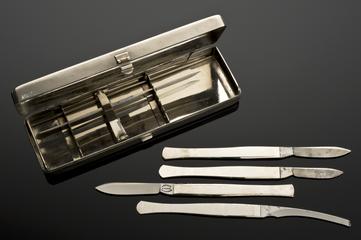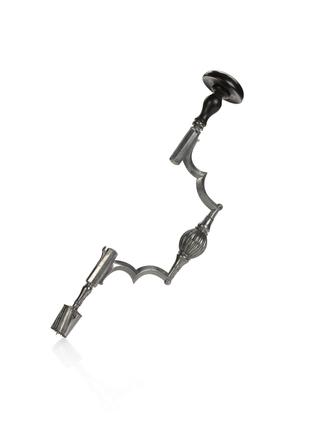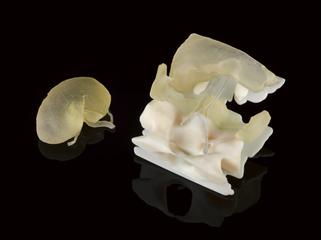
Scales used in mortuary
- Made:
- 1950 in United Kingdom






Mortuary crane scales by Salter, Ca.1950. Typical model of mid-1950s. It was probably acquired second hand from a maternity ward as was common practice. These models are still made today (2017).
Post-mortem scales are used by pathologists during autopsy, the last opportunity to ‘question the dead’ and establish the cause of a death. During a post-mortem, an organ is examined within the body before being removed, weighed and inspected in further detail. An unexpected weight might indicate disease or an abnormality, providing further evidence to explain a body’s cause of death.
Details
- Category:
- Surgery
- Object Number:
- 2018-471
- Materials:
- metal (unknown) and glass
- Measurements:
-
overall: 800 mm x 400 mm x 300 mm,
- type:
- weighing scales
- credit:
- Ashford and St Peter's Hospital NHS Foundation Trust




